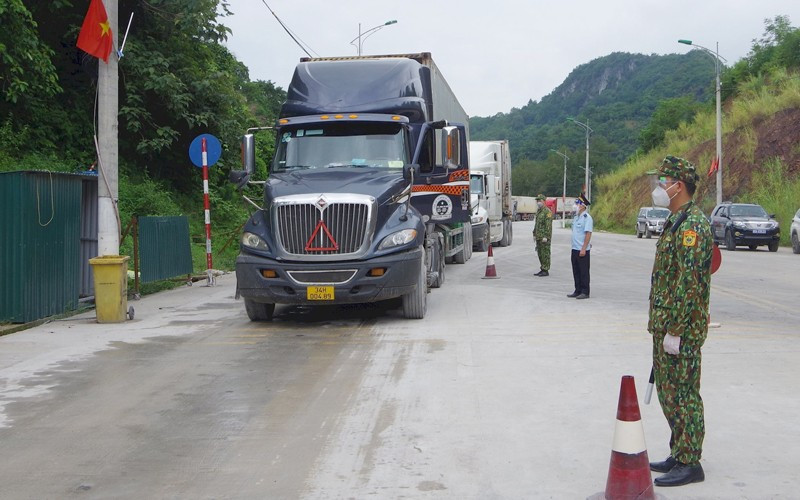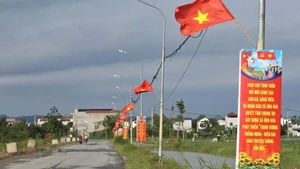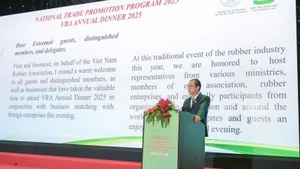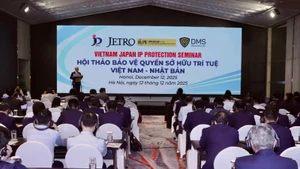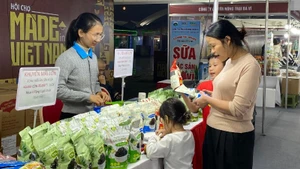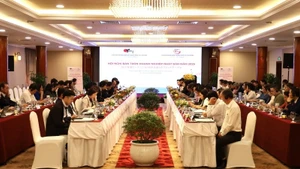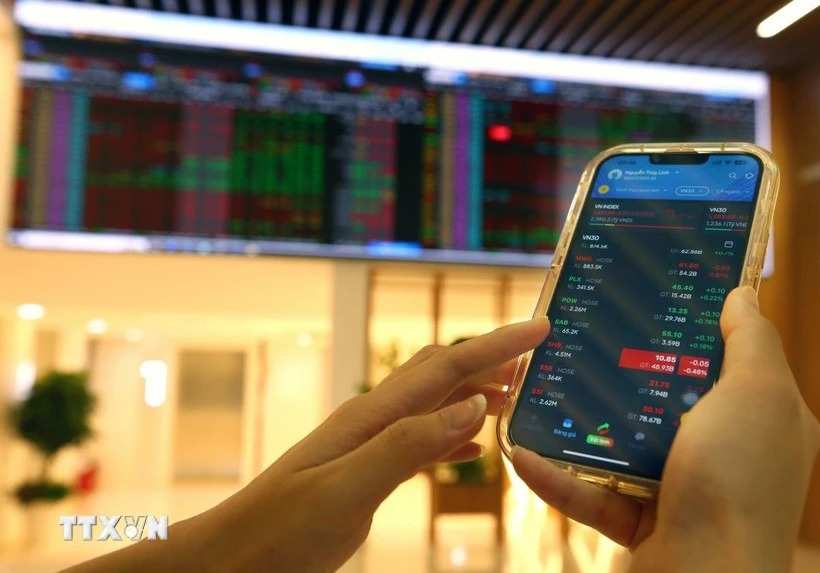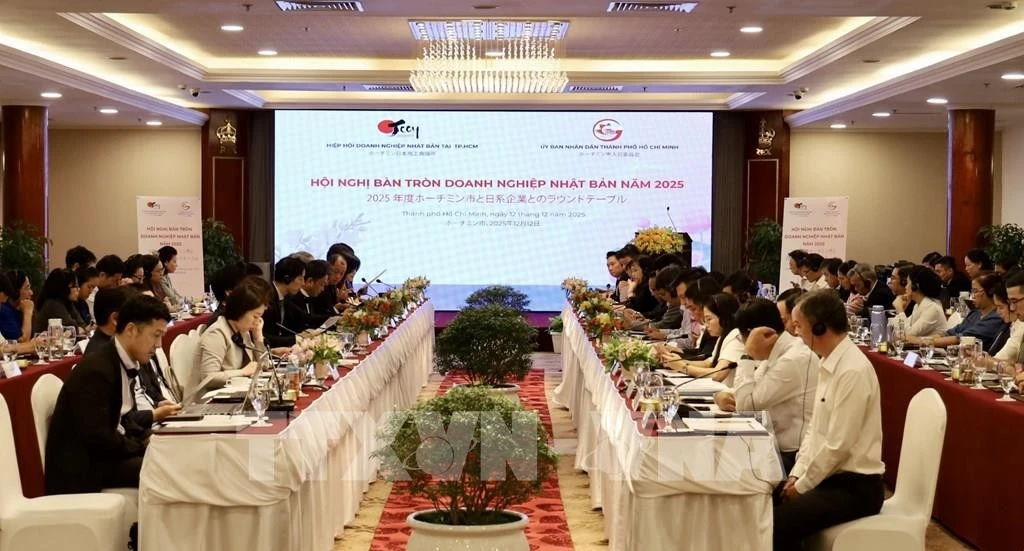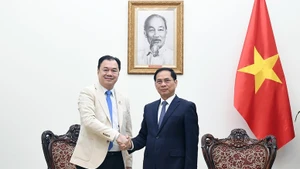This is also the period leading up to the Lunar New Year, with large volumes of goods in circulation. Therefore, border gate authorities are actively working with businesses to handle procedures quickly and efficiently to facilitate customs clearance.
Flexible regulation of agricultural exports
Hoang Khanh Duy, Deputy Head of Dong Dang-Lang Son Border Gate Management Board, reported that in early 2025, border gates have been handling an average of over 1,300 vehicles per day, equivalent to about 25,000-30,000 tonnes of goods daily, mainly agricultural products.
To facilitate customs clearance and meet business needs, the Dong Dang-Lang Son Border Gate Economic Zone Management Board regularly holds discussions with the Chinese authorities to discuss customs clearance through Huu Nghi (Vietnam)-Youyiguan (China) International Border Gate and other crossing points and specialised routes.
Additionally, both sides discussed solutions to promote customs clearance during the year-end period, such as optimising inspection and quarantine procedures, extending working hours during peak periods, and flexibly regulating import and export goods from both sides, especially fruits and agricultural products.
On the Tan Thanh-Po Chai specialised goods transport route, on January 6 alone, the total number of vehicles getting customs clearance was 417, mainly carrying fruits such as jackfruit, watermelon, and durian.
In the coming time, both sides will continue to strengthen coordination at Huu Nghi-Youyiguan International Border Gate, and the Tan Thanh-Po Chai specialised goods transport route, further optimising inspection and control procedures to increase customs clearance efficiency for Vietnamese export goods to about 450-500 vehicles per day. They will also agree on solutions to improve customs clearance capacity and prevent cargo congestion, especially during the peak period before the Lunar New Year.
Meanwhile, according to the Lao Cai International Border Gate Customs Branch, the flow of import and export goods through Kim Thanh International Border Gate in early 2025 has been smooth and quick. To support import-export businesses, the Lao Cai Economic Zone Management Board has directed functional forces at the border gate to maintain full staffing as required, complete procedures as quickly as possible, and ensure smooth flow of goods.
In Quang Ninh Province, import and export activities at border gates and crossing points in Mong Cai City are also maintaining normal operations, ensuring smooth flow of goods.
Promoting trade through border gates
Nguyen Anh Tai, Deputy Director of the Lang Son Customs Department, stated that the total import-export turnover through the province’s border gates in 2024 reached 66.4 billion USD, up 27.6% compared to 2023. The import-export turnover through the province’s border gates accounted for nearly one-third of the total trade value between Vietnam and China. This is the highest trade turnover ever recorded through Lang Son Province.
According to the Ministry of Industry and Trade, the volume of goods exchange through all border gates along the land border has grown strongly, contributing significantly to bilateral trade growth, socio-economic development of border provinces, and especially improving the lives of border residents.
Currently, agricultural products exchanged across the border are increasingly rich and diverse, including rubber and rubber products, cassava slices and starch, rice, sugar, fresh fruits, seafood, and peeled wood boards, while the community of businesses and border trade merchants is also growing stronger.
Therefore, it is necessary to improve infrastructure and enhance goods clearance capacity at border gates by proposing breakthrough preferential mechanisms and policies attractive enough to draw investment in infrastructure at border gate economic zones. Policies are also needed to attract investment in building large-scale, modern logistics centres with full functions to save time and reduce costs for businesses and traders involved in import-export activities.
According to Nguyen Thi Mai Linh, Head of Trade Facilitation at the Ministry of Industry and Trade, provinces need to strengthen digital trade promotion to help businesses and localities better exploit information about border gates and import-export activities; continuously update and grasp the demands and preferences of the Chinese market and other potential foreign markets, thereby orienting production activities and diversifying export items.
Plans should be made to support and promote businesses in quickly and strongly shifting export activities to official channels; enhance training to improve professional competence and update new knowledge and regulations in import-export and border trade for functional forces, management officials, and businesses of both countries.
At the same time, it is necessary to continue expanding the pilot implementation of the “Digital Border Gate” platform to comprehensively manage import-export activities along the entire northern border and synchronise management, inspection, and monitoring between data flow and physical flow of vehicles and goods, thereby developing appropriate goods regulation plans to avoid congestion at border gates.
